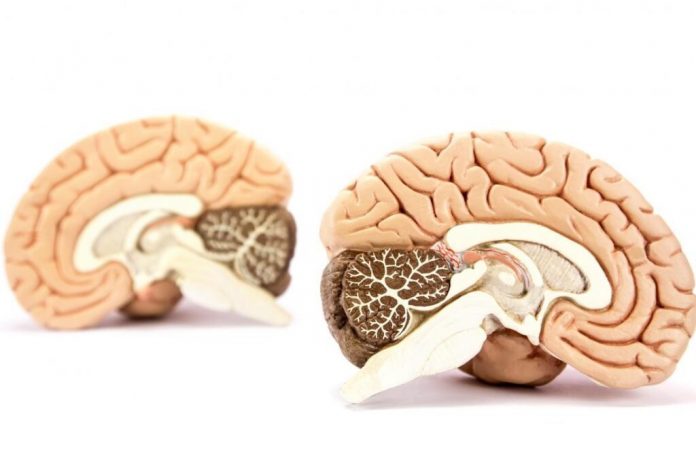Currently, the human brain is fashionable, both in research and in popularization. As a result, investment in neuroscience is also growing.
However, the passion for the brain also carries several risks, such as the spread of misconceptions or myths. An example of this is the idea about the percentage of the brain that humans use.
The most widespread neuromyth in the world is the one that only uses 10% of the brain. This idea is mainly among the speeches of educators, publicists, parapsychologists, etc.
Rarely will a neuroscience professional make such a claim. The underlying idea is that the percentage used can be increased through some techniques since the remaining 90% is free.
The myth
The idea that only 10% of the brain is used has been wrongly attributed to Albert Einstein. However, its most probable origin dates back to the investigations carried out in the 19th century.
Using the EEG, the scientists could only find cognitive functions for 10% of the brain. On the other hand, it was also indicated that only that percentage of the brain was activated at a specific time.
In addition, neurons only make up 10% of the brain, while the rest are glial cells. These cells function differently, although today, it can be known that they are also involved in learning processes.
Its expansion
For the most part, the idea has been spread by widespread knowledge and people who have shared that hypothesis. However, many sub-disciplines have also used this argument as a basis to defend their ideas.
For example, it is relatively easy to find advertisers who use the myth in advertisements and their theories close to neuromarketing.
Also, followers of paranormal phenomena have appropriated it, defending that the percentage of the remaining brain is what allows, through training or extraordinary abilities, to perform telekinesis or have extrasensory experiences.
What is the actual percentage?
100% of the brain is used. It is a mighty organ, consuming 20% of the oxygen. And 50% of the glucose that enters the body.
However, due to its functionality. It is impossible to activate all areas at the same time significantly. If the human being could use 100% of his capacity simultaneously. The energy expenditure. Would leave him very exhausted for the rest of the time.
However, today it is known that challenges are faced over a day or even a few hours. Or tasks are solved, making almost all of its areas used. Thanks to neuroimaging techniques, such as positron emission tomography. And functional magnetic resonance imaging, it has been observed that. Even when you sleep, all areas of the brain are activated.
When the brain is severely damaged, some regions “turn off”. Affecting performance and daily life. This phenomenon supports two ideas.
There are no injured areas and do not compromise the functioning of any skill or function. Therefore, not only one part of the brain works.
On the other hand, the brain is so powerful that. When an area is damaged, it makes neurons migrate. To those regions to take advantage of the capacity. This also means that this capacity could even improve.
For example, when a person loses hearing. Areas associated with vision have been seen to recruit. Part of the auditory region of the cortex has become unused. Thus enhancing the ability to read lips.
Use 100%
If the idea of using only 10% of the brain could be a little hopeful. In terms of the possibility of improving abilities. The reality is that it does not have much to envy.
At a particular moment, the human being cannot use 100% of the brain. This does not mean that skills cannot be improved. Thanks to brain neuroplasticity. You can strengthen connections or create new neural networks.
Through new learning, doing what you enjoy, and having healthy habits. Not only can you use 100% of your brain. But you can also take advantage of 100%.
Also read: how to cook sweet potatoes







